Comparing the cost of a Cadbury Freddo in childhood to now is a widely used method of tracking inflation in the UK. Originally 2p (then 10p when it relaunched in 1994) the price of the little chocolate bar has soared by 1,250% since the 1970s.
Recently, however, it’s bucked the inflationary trend. Having cut the price of the childhood favourite to 25p in 2018 after consumer outrage when it attempted a rise to 30p in 2017, Cadbury has so far resisted further price hikes on the chocolate frog.
The same can’t be said for the wider food sector, though.
As official figures yesterday revealed, inflation climbed to 5.4% last month – its highest rate in 30 years. According to the Office for National Statistics, food and non-alcoholic beverages made the largest contribution to the change in the CPIH annual inflation rate, increasing it by 0.14 percentage points from November to December 2021. And that could be the tip of the iceberg.
Soaring inflation levels within the commodities supply chain are set to have far-reaching impacts on the price of everyday grocery items. As reported by The Grocer, increases in UK farming inputs are putting inflationary pressure on the cost of beef and liquid milk. The National Beef Association this month warned that high commodity prices were expected to continue “for the foreseeable future”. Veg growers, meanwhile, are pulling back on planting due to the associated on-farm and labour costs.
These factors are already translating into higher retail prices – as reported by The Grocer this month, with the bakery and fresh foods categories particularly affected by price hikes in the new year – and the worst is yet to come.
Over recent months, commodities experts have warned of supply chain complexities further hiking the prices of store cupboard staples, such as rice and pasta. And though Mintec senior analyst Jesper Christiansen claims: “We are likely going to see a lot of commodities topping out just around spring”, this won’t immediately be reflected in retail. In fact, Christiansen claims consumers should not expect prices or markets to revert to pre-pandemic levels or norms for “the next couple of years”.
If staple grocery items are subject to further price increases, lower income families are likely to feel the pinch. As chef, food writer and activist Jack Monroe tweeted yesterday 5.4% “grossly underestimates the real cost of inflation as it happens to people with the least”.
In the now viral tweet thread, Monroe claimed that a 500g bag of pasta from the local supermarket was 141% more expensive than last year, while a 1kg bag of rice had shot up by 344%. Meanwhile, the prices of upmarket ready meals and dine for £10 deals targeted to middle-class consumers had stayed stable.
The examples given in the thread make a good case for supermarkets either absorbing some of the inflationary costs or raising prices proportionally across their ranges, so the most vulnerable aren’t adversely affected. Or perhaps the government could foot the bill until inflation levels off.
Either way, the recent and impending price hikes across a mass of everyday food items are likely to have a meaningful impact on basket spend.
Forget nostalgia over novelty frog-shaped confectionery. Food inflation is about to become a very serious business indeed.







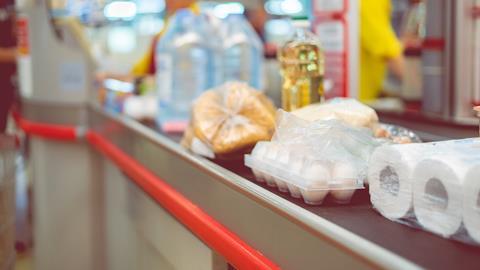
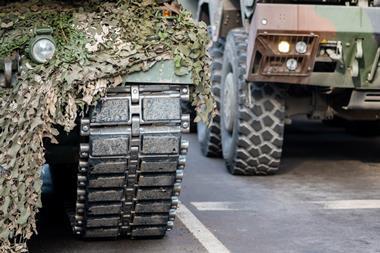
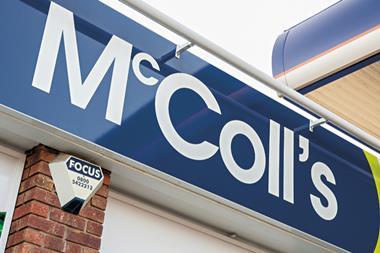
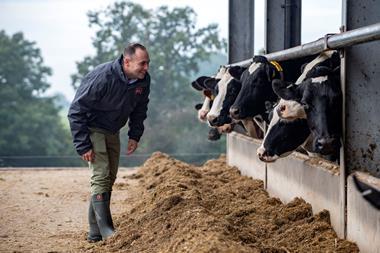



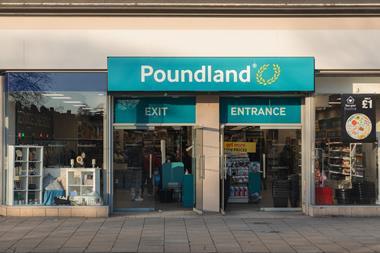




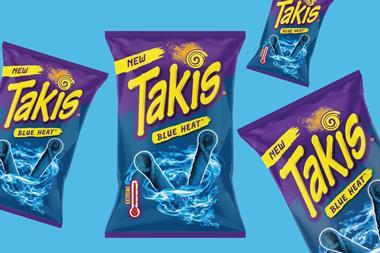
No comments yet